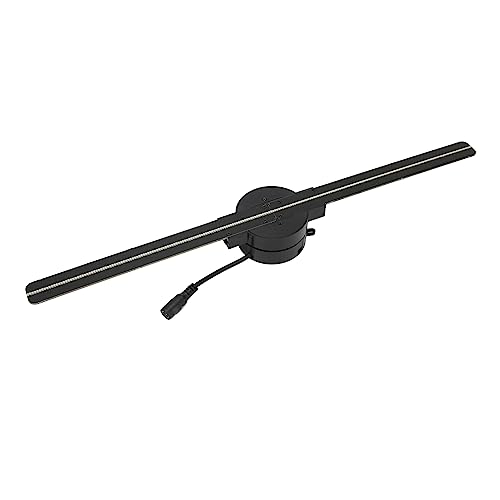Artificial Intelligence is transforming the way we design and visualize objects. One of the latest trends is AI-powered 3D modeling, where instead of learning complex software like Blender or Maya, you can simply describe what you want—and the AI generates a 3D model for you.
Google Gemini is one of the platforms that can assist in this process. By giving the right prompt, you can create stunning 3D objects for games, animations, AR/VR, and even product designs.
🖼️ What is a 3D Model in Gemini?
A 3D model is a digital object that has height, width, and depth—unlike flat 2D images. Gemini can take your text prompt (for example: “Create a 3D chair with wooden legs and a blue cushion”) and generate a downloadable 3D file that you can later edit or animate.
📝 How to Make a 3D Model in Gemini
Here’s a step-by-step guide:
1. Open Gemini
Go to Google Gemini and log in with your Google account.
2. Switch to Image/3D Mode
Gemini supports multimodal prompts (text + image). Some versions include 3D generation preview features that allow export in formats like .obj or .glb.
3. Write a Prompt
Be very specific about what you want. Example:
Generate a 3D model of a modern office chair.
- Material: leather seat with chrome legs
- Style: ergonomic
- Format: .glb for AR/VR
- Realistic textures
4. Refine Your Prompt
If the result doesn’t look right, adjust the description. For example, you can say:
- “Make the chair legs wooden instead of chrome.”
- “Add wheels to the chair base.”
5. Export & Use the Model
Once the 3D object is ready, you can:
- Download it as
.glbor.obj - Import into Blender, Unity, or Unreal Engine
- Use in AR filters, product demos, or games
🎯 Example Prompts for 3D Models
- “Create a 3D model of a red sports car with glossy finish in .obj format.”
- “Generate a low-poly 3D tree for a mobile game environment.”
- “Make a realistic 3D coffee mug with a white ceramic texture and a company logo.”
🔥 Trending Example Prompt
Here’s a more advanced, trending prompt people are using for figurine modeling:
Use the nano-banana model to create 1/7 scale commercialized miniature figures of the four characters in the illustration, middle Zoom, Clear details, in a realistic style and environment. Place the figures on clear acrylic stands. Next to the computer screen, display the ZBrush modeling process of the four figures. Next to the computer screen, place a single BANDAI-style toy packaging box with the original artwork, showing only each character’s name separately in Bandai-style fonts under their figure, with all other words including titles removed from the reference picture.
👉 With this type of detailed prompt, Gemini can produce realistic collectible figures, toy packaging concepts, and 3D assets ready for commercial use.

🌍 Why Everyone Can Do This
The beauty of Gemini is that you don’t need technical skills. With the right prompts, even beginners can create 3D assets. Designers, game developers, and marketers can save hours of manual modeling work.
✅ Tips for Better 3D Results
- Be clear and detailed (materials, style, size).
- Specify file format you need.
- Mention low-poly or high-poly depending on your use case (games vs. realistic renders).
- Iterate with small changes until you’re happy.
🚀 Final Thoughts
3D modeling with Google Gemini is still new, but it’s a game-changer. Instead of spending weeks learning 3D software, you can now create models with just a prompt. This opens doors for students, creators, and businesses to build immersive experiences faster than ever.
If you want to try it, head over to Gemini and start with a simple prompt like:
👉 “Create a 3D model of a glass water bottle with a silver cap in .glb format.”
Coupons and Promotions
Shop at Amazon
Like what you see? Tip DoerDigitalz and fuel the creation of more high-quality digital content.
☕ Buy Me a Coffee* This article contains affiliate links; if you click such a link and make a purchase, Doer Digitalz FZE may earn a commission.




















